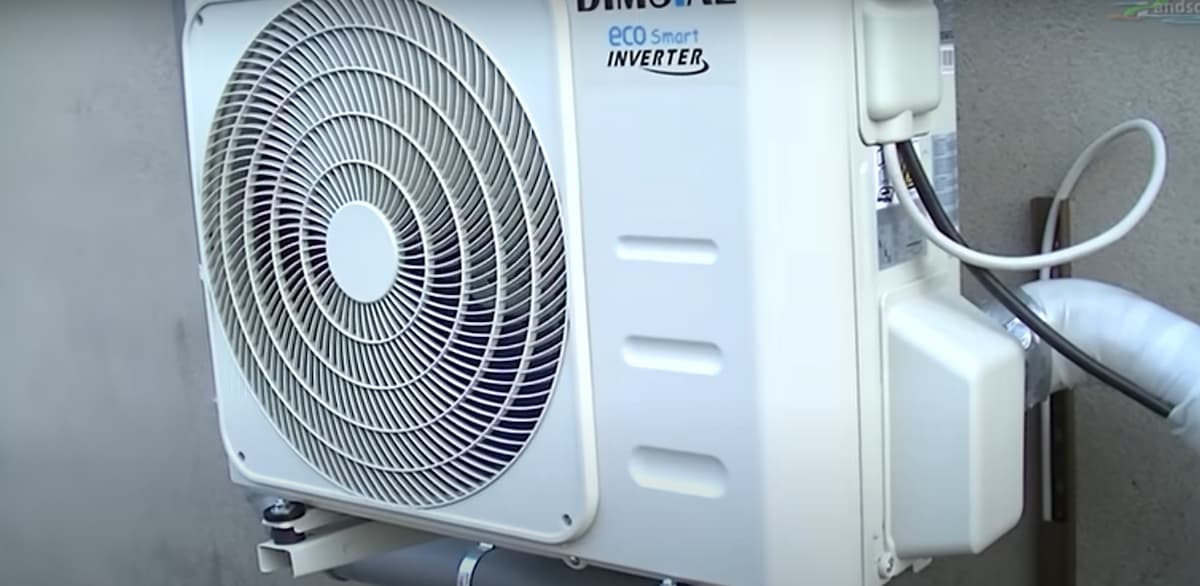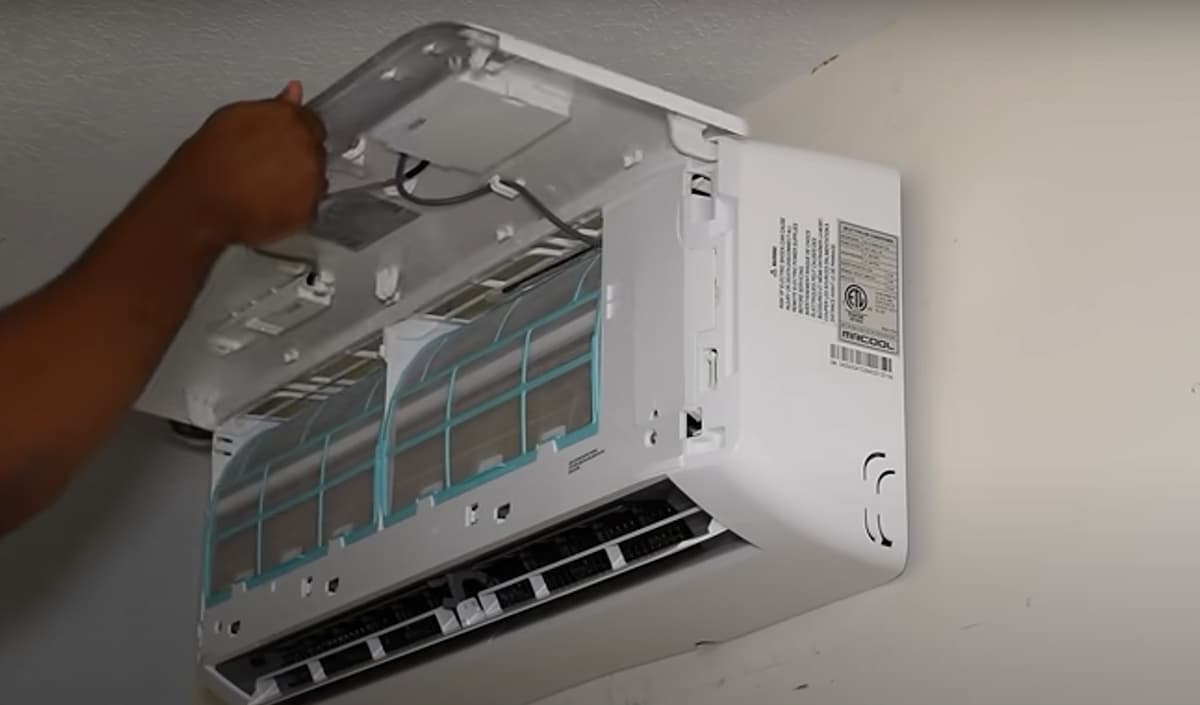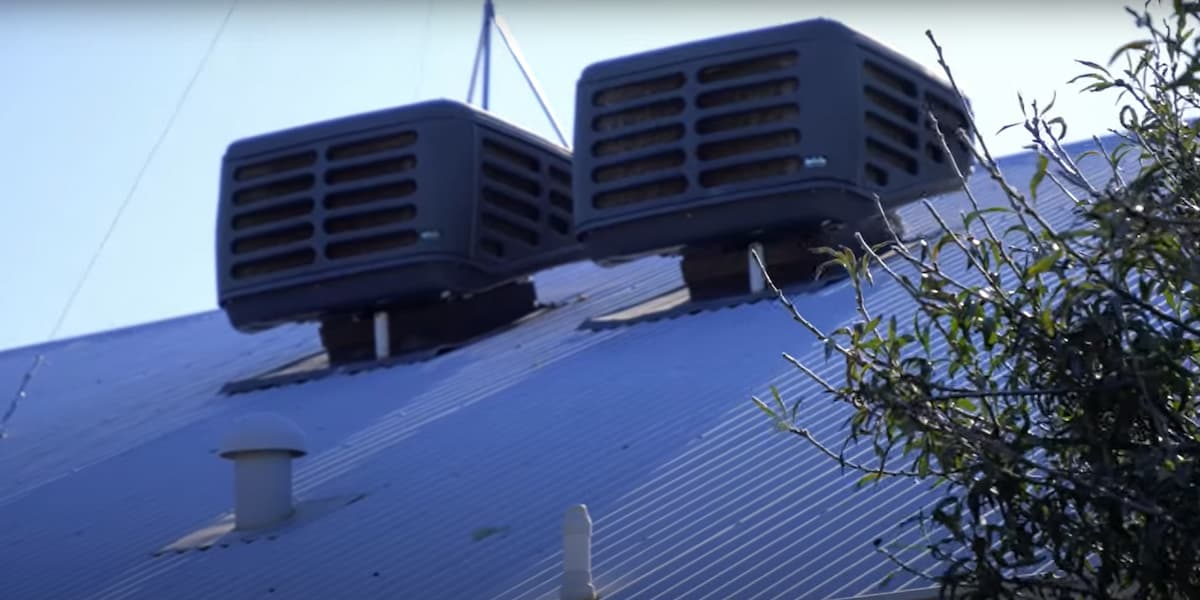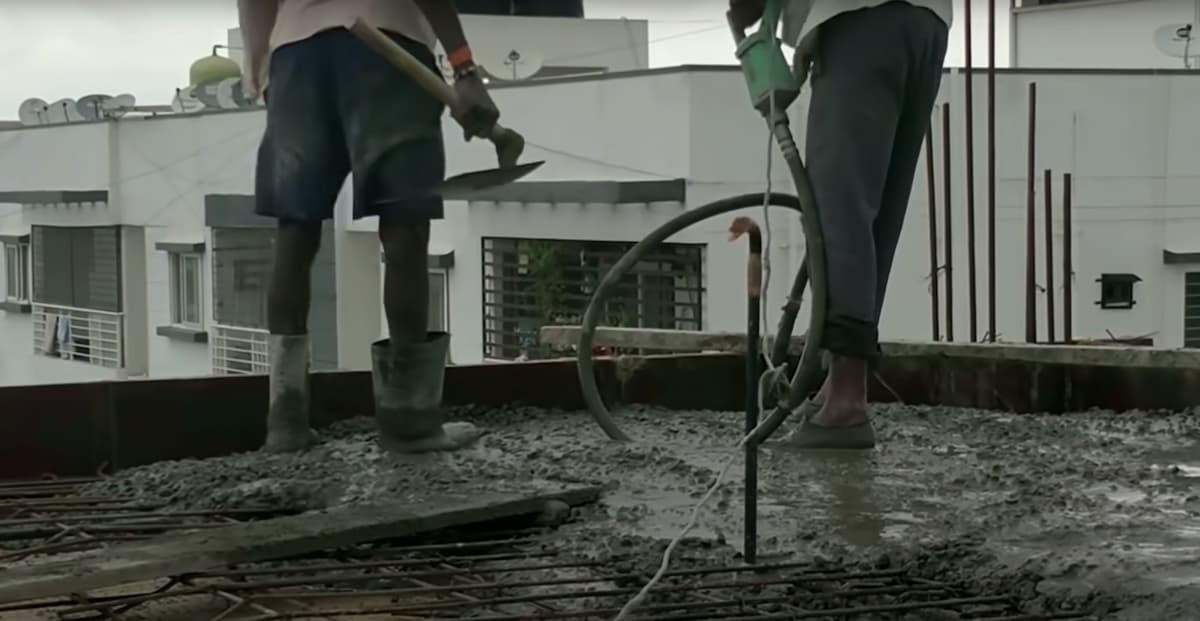
What is air conditioning? | Types of air conditioning systems | Air conditioning costs in Australia | The difference between residential and commercial air conditioning systems | Advantages of air conditioning | Disadvantages of air conditioning | Installation time for an air conditioning unit
Air conditioning systems have become popular in Australia in the last decade in both domestic and industrial environments. During the summer season especially, our overall well-being and productivity need to stay in cooled down and controlled areas. The benefits of installing an air conditioner are enormous and today we can’t imagine our living without them. However, only by selecting the proper type of air conditioner and by maintaining the system afterward, the quality of the air is assured.
What is Air Conditioning
Air conditioning is the process of cooling down an indoor area, residential or industrial. Temperature changes happen as a consequence of the following simple logic: taking the heat from the room, moving it to the outside area, and blowing back cool air into the room.
However, the magic that occurs inside an air conditioner device is a result of few elements that enable the entire cycle:
- the evaporator coil, filled with refrigerant or coolant;
- compressor used to help the process of changing the refrigerant from a liquid to gas and then returning to liquid form again.
- Motor, that runs the compressor.
Types of Air Conditioning Systems
Window Air Conditioners. As a low-cost option, this type of air conditioner is used to fit into the window of a room and can be easily taken with you if you leave the house or building.
Portable air conditioners. Even though they are relatively easy to remove and with low up-front costs, portable air conditioners can affect the electricity bills as they are not the best solution for larger spaces.
Split or Ductless Air conditioner. It consists of two split units, one positioned in the indoor area while the other is placed outside. The interior part holds the evaporator and the cooling fan while the exterior contains the condenser, compressor, and expansion valve.
Central Air Conditioning. Intended for larger homes and spaces, this type of system is a more economical and practical option rather than installing individual air conditioning units in every room of the house or building.
How Much Does Air Conditioning Cost in Australia?
In Australia, the average cost for an air conditioner ranges between $300 for a window unit, up to $5.500 for a whole-house unit. This is the price ONLY for the unit itself excluding the installation costs.
Prices are determined by many factors, but the most impact has the shipping and labour costs. On average, labour costs are in the range between $70 to $90 per hour. However, in Australia, location plays a notable role, so residents in Melbourne and Victoria pay the lowest labour rate of $76.91 per hour.
In the area of Sydney and New South Wales, prices go up to $83.99 per hour, but the highest installation rates pay clients in South Australia, $89.90 per hour.
Other factors that influence the cost of an air conditioner are the brand and unit type, the size and power of the unit, running or operation costs.
What’s the Difference Between Residential Air Conditioning vs Commercial Air Conditioning
For many years, customers in residential, commercial, and industrial areas experience the benefits of air conditioning.
Air conditioning system used for residential purposes is most frequent during the summer period in Australia. In most cases, residential properties go with the solution of ducted systems or ductless systems.
Industrial environments usually use the centralized cooling system distributing the cold air with a sophisticated ducting system. This sophisticated system requires thermostats inside the property, temperature sensors, technology for monitoring the air quality and the entire system in general.
Advantages of Air Conditioning
Prevents the risk of dehydration and heat strokes. Exposure to high temperatures for a long time increases the sweating of the body. Increased sweating means increased water loss if there is no constant hydration.
Helps to reduce asthma and allergies. Besides the temperature control, air conditioners provide disinfection of the air thanks to the installed filters inside. This results in low levels of bacteria, allergens, dust, pollen.
Improves air quality. By controlling the humidity of the air, AC prevents the growth of mildew and mold.
Disadvantages of Air Conditioning
Billing costs. Air conditioners require a lot of electricity supplies to run. This leads to increased financial costs that affect the private or business budget. Also, usage of electricity demands increased production of power which in many cases has environmental damages.
Respiratory problems. Air conditioners help to clean and disinfect the air, but if the filters are not cleaned up regularly, the effect is the opposite. Low filter maintaining can be the cause of asthma attacks or other respiratory infections.
Skin Dryness. Staying in an air-conditioned room for a long time makes the skin more sensitive and dry.
Installation Time for an Air Conditioning Unit
There is no precise installation time for an AC unit, but on average air-conditioning experts should finish their work for about two days, in residential spaces. Installation time is related to the type, size, location, style of the unit, therefore clients have to be patient and collaborative during the process.





